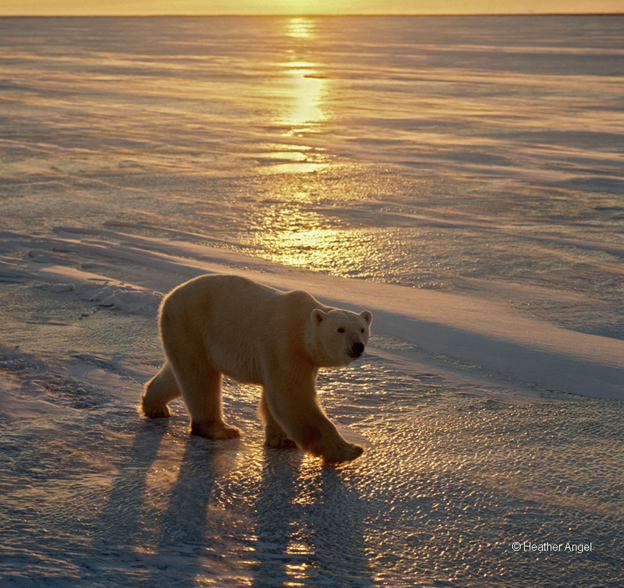.jpg)

Blackberries and rosehips intermingle within a Hampshire hedgerow
The bountiful fruit crop here in southern Britain this autumn is the result of a late spring followed by warm weather in late May into June, when pollinators aided cross pollination by actively foraging throughout the day on copious blossom. Months later, our hedgerows have become laden with blackberries as well as hawthorn and guelder rose fruits, providing an autumnal fruit feast for both birds and small mammals.


Bright red fruits of guelder rose stand out against their leaves beginning to turn colour


A captive dormouse emerges at night to feed on hawthorn berries


A jay (Garrulus glandarius) flies away from a holm oak (Quercus ilex) tree with two acorns in its bill
Jays, wood pigeons and grey squirrels that pluck acorns from our native oak trees as well as the evergreen holm oak, all help to disperse acorns away from parent tree when birds drop them from their bills in mid-flight, while squirrels actively run off to bury them in a cache.


A grey squirrel carries a horse chestnut in the mouth before it runs off to bury it at Kew Gardens
Some animals have learnt an easy way to feed is simply to hang around beneath an oak tree for careless foragers above to drop some fruits in their haste to gorge themselves. Some years ago, I saw mandarin ducks in Kew Gardens waddle up to the tree and after I had taken a picture I discovered every bird had an acorn in its bill.


A ring necked parakeet (Psittacula krameri) speedily accesses sweet chestnuts by using the bulky bill to rip off the spiky casing
It is too late this year to see parakeets in sweet chestnut trees at Kew and in Richmond Park using their powerful bills to rip open the spiky husked fruits, to expose the brown chestnuts inside. In past years I have seen them walking along branches to reach the fruits and ripping off the still green leaves to make their access easier.


A cock blackbird plucks a crab apple Malus ‘Professor Sprenger’
The best way to encourage birds into your own garden in autumn is by planting shrubs that provide welcome splashes of red, orange or yellow fruits that also attract birds to forage on them. These include plants such as Berberis, crab apples, firethorn (Pyracantha), guelder rose, single species roses and spindle. When flocks of redwings or fieldfares move in to feast they can quickly strip all the fruits from a firethorn hedge or a holly tree before moving on to another heavily laden plant.
It is worth leaving a few apple and pear windfalls, since they are also attract birds as well as insects – notably wasps and red admiral butterflies – as well as hornets in some years.


Windfall pears are enjoyed by hornets and red admirals, with the occasional green woodpecker or yaffle on our lawn
Avoid using flash to light shiny fruits such as rosehips and Berberis drupes, single they will reflect the light, as indeed sunlight will on a cloudless day, but because the sun is much further away than a flash the highlights are not so obvious.
Thanks for reading!


.jpg)


.jpg)


